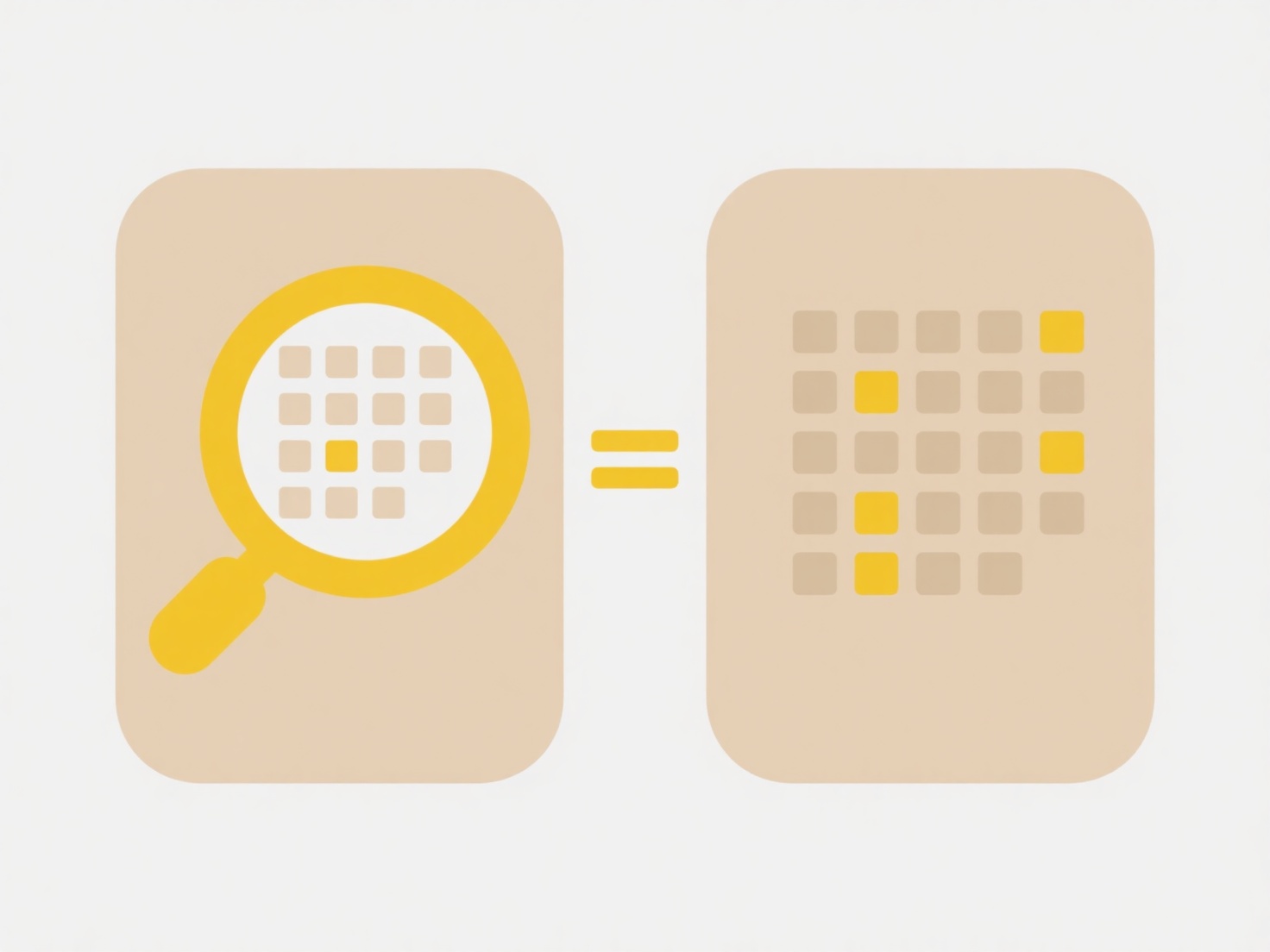
Client handoffs involve the formal process of transferring deliverables, knowledge, and responsibility from a service provider (like an agency, consultant, or freelancer) to the client. Effective organization for this transition ensures the client receives everything needed to understand, use, and maintain the delivered work without significant disruption. Key activities include compiling final assets, providing clear documentation, scheduling a transfer meeting, and defining ongoing support responsibilities. It differs from ongoing collaboration by marking a specific endpoint for the primary delivery phase.
For example, in software development, handoff organization includes providing the final code repository access, deployment instructions, user manuals, and API documentation, often facilitated through project management tools like Jira or shared cloud platforms like Google Drive. In marketing, this involves delivering brand guidelines, campaign assets, access to social media accounts, and performance reports using platforms like Dropbox or Asana, ensuring the client's internal team can seamlessly take over.

Proper organization increases client trust, reduces post-handoff confusion, and establishes a foundation for future collaboration. Limitations include ensuring documentation quality and managing client expectations during the transition. Ethical considerations involve transparency about the delivered scope and clarity on ongoing support terms. Well-structured handoffs significantly enhance project success perception and encourage future innovation and adoption through smoother transitions.
How do I organize for client handoffs?
Client handoffs involve the formal process of transferring deliverables, knowledge, and responsibility from a service provider (like an agency, consultant, or freelancer) to the client. Effective organization for this transition ensures the client receives everything needed to understand, use, and maintain the delivered work without significant disruption. Key activities include compiling final assets, providing clear documentation, scheduling a transfer meeting, and defining ongoing support responsibilities. It differs from ongoing collaboration by marking a specific endpoint for the primary delivery phase.
For example, in software development, handoff organization includes providing the final code repository access, deployment instructions, user manuals, and API documentation, often facilitated through project management tools like Jira or shared cloud platforms like Google Drive. In marketing, this involves delivering brand guidelines, campaign assets, access to social media accounts, and performance reports using platforms like Dropbox or Asana, ensuring the client's internal team can seamlessly take over.

Proper organization increases client trust, reduces post-handoff confusion, and establishes a foundation for future collaboration. Limitations include ensuring documentation quality and managing client expectations during the transition. Ethical considerations involve transparency about the delivered scope and clarity on ongoing support terms. Well-structured handoffs significantly enhance project success perception and encourage future innovation and adoption through smoother transitions.
Related Recommendations
Quick Article Links
Can I detect duplicate files across drives or partitions?
Detecting duplicate files across drives or partitions is the process of finding identical copies of files stored on diff...
How can I create a template or checklist for naming business documents?
A document naming template or checklist establishes consistent naming conventions for business files. It provides a reus...
Why does Google warn me when I share a file with someone new?
Google displays sharing warnings to help protect against unintended data exposure when you share files with new collabor...